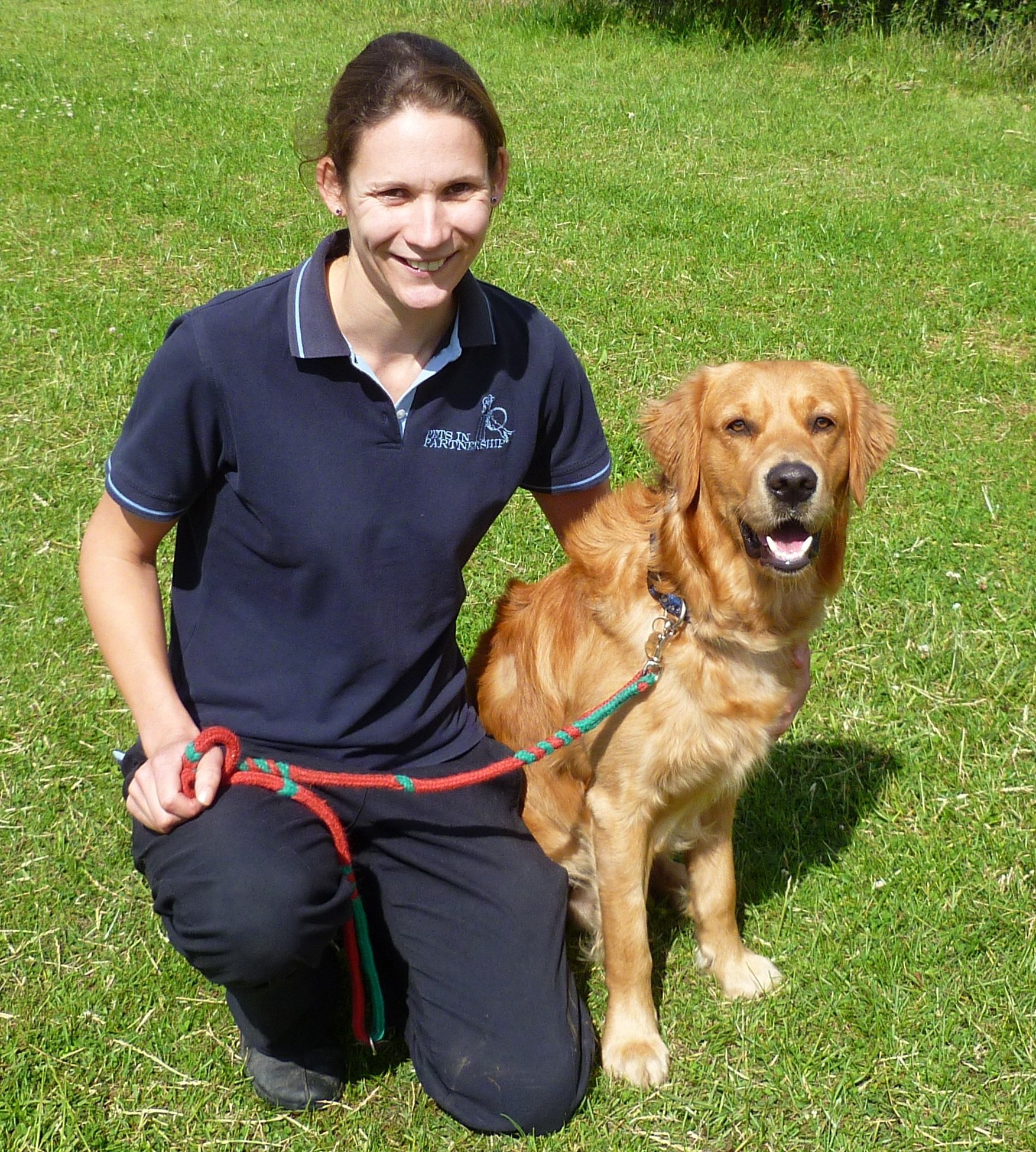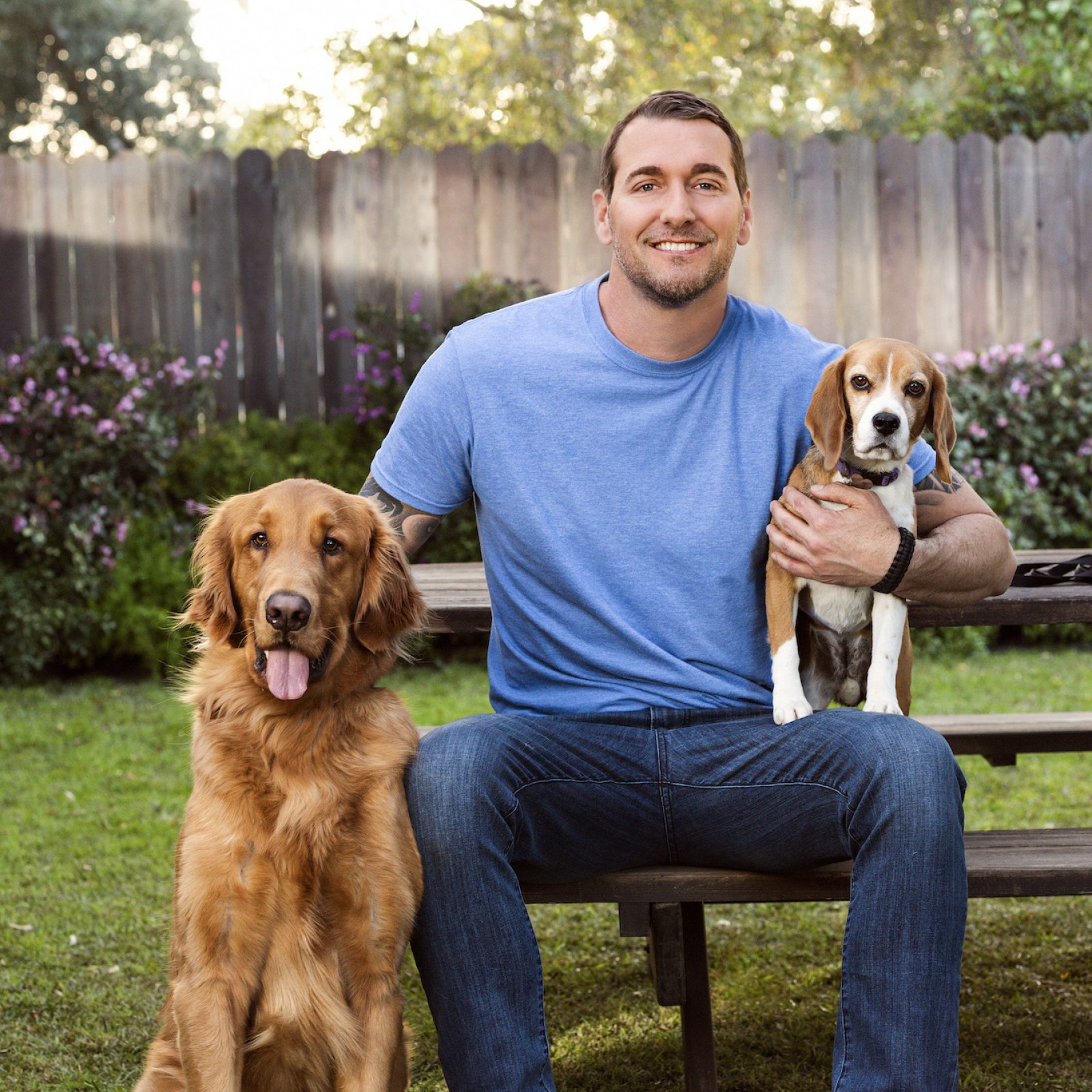Dog Training Techniques to Help Manage Aggressive Behavior in Dogs
Dog Training Techniques to Help Manage Aggressive Behavior in Dogs
Blog Article
Newbie's Overview to Effective Pet Training in your home
Effectively training a canine at home requires a nuanced understanding of canine actions and reliable interaction strategies. Establishing clear training objectives, utilizing premium incentives, and keeping uniformity throughout family participants are critical aspects. Incorporating training into day-to-day routines can boost both interaction and retention. Lots of beginner fitness instructors come across challenges that might hinder progress. To navigate these complexities properly, it's vital to discover numerous essential elements that can change your method and bring about a harmonious connection with your pet dog. What basic concepts should every novice grasp to guarantee success?
Recognizing Canine Actions
Recognizing dog actions is crucial for reliable training and fostering an unified connection in between people and their canine buddies. Pet dogs interact mainly through body language, vocalizations, and faces, making it critical for owners to interpret these signals properly. Acknowledging habits such as tail wagging, roaring, or cowering can provide understandings into a pet's mood and intents.

Typical behavioral issues, such as aggressiveness, anxiety, or extreme barking, usually come from misunderstandings or unmet requirements. Observing and resolving these issues immediately can stop acceleration and guarantee a favorable training experience. By fostering a deep understanding of pet dog actions, owners can customize their training techniques to match their canine companions, inevitably bring about a well-behaved and pleased pet.
Vital Educating Devices
A well-appointed training area can substantially boost the effectiveness of canine training in your home. Vital training devices make certain that both the pet dog and the trainer can take part in effective sessions that promote understanding and bonding.

Buying a tough leash and a comfy, well-fitting collar or harness is essential for safety and control. These devices assist establish limits and make sure the dog stays protected throughout training. Furthermore, a designated training area, devoid of interruptions, aids focus for both the pet dog and the instructor.
Educating aids such as training pads, cones, or dexterity tools can also boost the experience by presenting range and difficulties. Lastly, having a notebook or digital application for tracking progress can be invaluable, allowing you to keep in mind successes and locations for enhancement. Utilizing these vital devices will certainly produce a positive training setting and lay the foundation for reliable knowing.
Developing a Training Routine
Developing a consistent training routine is necessary for reliable canine training in your home. A well-structured routine not just aids in enhancing desired habits but also gives your canine with a complacency and predictability. To develop an effective training routine, look what i found begin by recognizing particular training goals, such as standard commands, chain walking, or housebreaking.
Choose a designated time each day for training sessions, preferably when your pet is alert and responsive. Procedure ought to be short, approximately 5 to 15 mins, to maintain emphasis and protect against exhaustion. Uniformity in timing and environment will enhance your pet dog's discovering experience.
Include training right into everyday activities to reinforce skills. As an example, method commands during strolls or mealtime, which integrates learning into natural regimens. In addition, continue to be adaptable and readjust the regular as essential, suiting your canine's energy levels and state of mind.
Positive Support Techniques
Favorable reinforcement methods are fundamental to effective pet training, advertising preferred habits via rewards instead of penalty. This method uses positive stimuli, such as treats, praise, or playtime, to urge dogs to repeat certain actions. The keystone of this method is timing; rewards must be given immediately adhering to the preferred actions to produce a clear association.
When implementing favorable reinforcement, it is vital to pick benefits that are motivating for your canine. High-value treats, such as small items of chicken or cheese, can be especially efficient throughout training sessions. Additionally, differing the benefits can maintain your pet dog's interest and interest.
Beginning with simple commands, like "rest" or go to this web-site "stay," and slowly progress to extra intricate tasks. Consistency is crucial; ensure that all family participants utilize the very same commands and reward systems to stay clear of complication.
In addition, it is crucial to stay patient and prevent aggravation. Pets, like human beings, discover at their very own pace. By promoting an encouraging training atmosphere via positive support, you can boost your pet's knowing experience while enhancing the bond in between Learn More Here you and your hairy buddy, preparing for effective training end results.
Typical Training Obstacles
While training a pet dog in the house can be a rewarding experience, it typically features a collection of common challenges that can evaluate both persistence and consistency. One common problem is distraction. Dogs may end up being quickly averted by noises, movements, or even scents in their atmosphere, making it tough to preserve their emphasis throughout training sessions.
Another challenge is variance in commands and support. It can prevent and puzzle the pet dog development if family members use various hints or incentives. Establishing a unified approach is necessary for reliable interaction.
In addition, pet dogs can experience stress or stress and anxiety, especially if they do not understand what is anticipated of them. This can result in unfavorable habits, such as chewing or barking.
Ultimately, the timing of support is essential (Dog training). Delayed benefits can lessen the efficiency of positive reinforcement, as dogs might fail to connect the actions with the incentive
Getting over these challenges requires dedication, clear communication, and a structured training strategy. Identifying and attending to these common barriers will pave the method for a more effective and enjoyable training experience in the house.
Final Thought
In verdict, successful pet dog training at home necessitates a detailed understanding of canine actions and effective interaction methods. By establishing clear training objectives and using high-grade deals with together with positive reinforcement, the training procedure comes to be much more fulfilling for both the trainer and the canine.
Establishing a constant training regimen is essential for reliable dog training at home.Positive support methods are fundamental to effective dog training, advertising preferred habits with benefits rather than penalty (Dog training). By cultivating a helpful training atmosphere through favorable reinforcement, you can enhance your dog's discovering experience while reinforcing the bond between you and your fuzzy friend, laying the foundation for effective training results
In verdict, successful pet training at home necessitates a thorough understanding of canine actions and effective interaction methods. By developing clear training goals and making use of premium treats alongside favorable support, the training procedure ends up being more rewarding for both the trainer and the canine.
Report this page